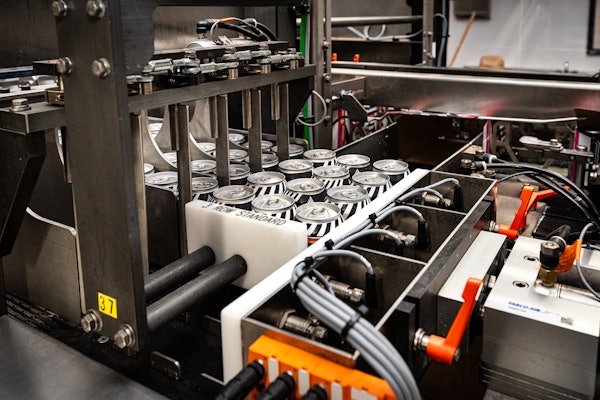Now those challenges are being scientifically quantified with devices and support from Lansmont Corp., working with the China Packaging Research & Test Center.
“The distribution environment within China differs significantly from that of western countries,” says Li Hua, CPRTC vice president.
“Companies shipping within China have experienced damage rates exceeding those experienced domestically,” explains Lansmont’s project manager Eric Joneson. The data will be used to develop China’s National Random Vibration Test standard. The goal is for future improvements in packaging and package protection.
Twenty of Lansmont’s new SAVER3X field data recorders, which can each capture and analyze more than 50ꯠ shock and vibration events, are being deployed on trucks throughout China. The project commenced in the port city near Beijing, in August 2004 and is set to conclude at the end of 2005.
The instruments are hard-mounted below the trucks’ bed near the rear axles—where movement is the most pronounced—to record data during one-way trips. The data is downloaded to a laptop computer. The test’s predefined variables include road type (country, national highway), truck type (flatbed trailer, enclosed trailer), and load type (full, half full), Joneson says. A total of 360 different measurements and variables are being recorded, he adds.
CPRTC personnel drive behind shipments and, at the trip’s completion, download the information from the device to the laptop. The data is then uploaded to the Internet for analysis by Lansmont personnel in California who will eventually replicate the results in a lab.
Joneson says that a similar test being planned for India will be directed by Michigan State University.
“The goal is that through testing, they will someday be able to eliminate damage,” says Joneson.


























